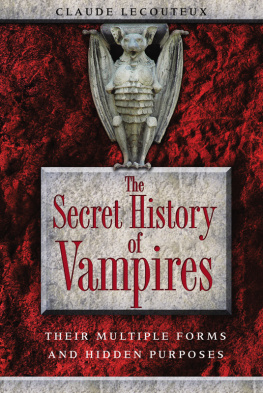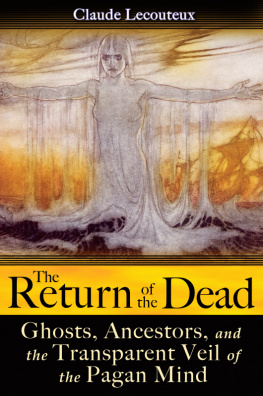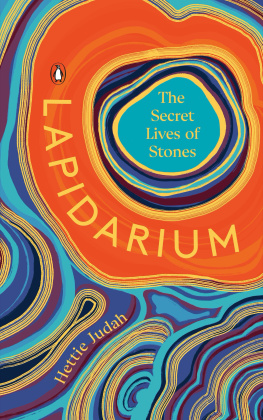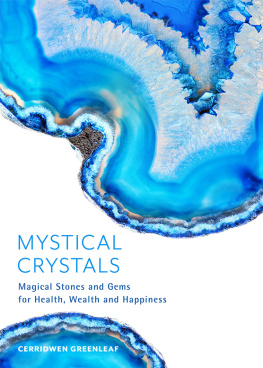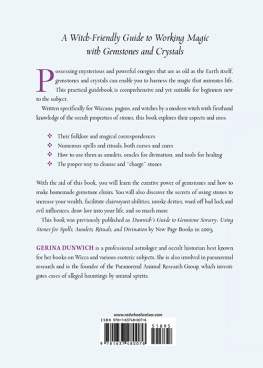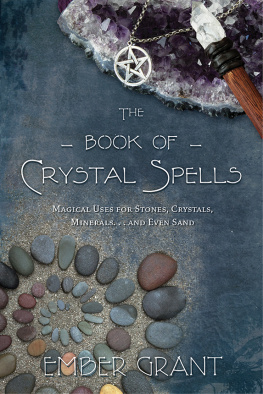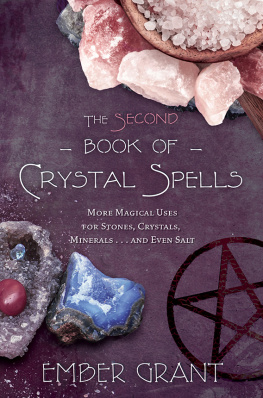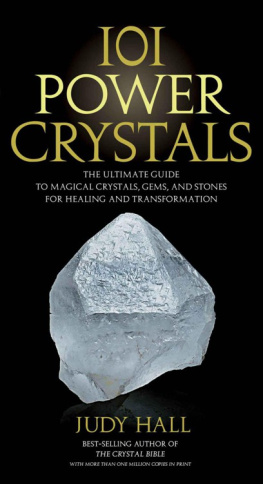Claude Lecouteux - A Lapidary of Sacred Stones: Their Magical and Medicinal Powers Based on the Earliest Sources
Here you can read online Claude Lecouteux - A Lapidary of Sacred Stones: Their Magical and Medicinal Powers Based on the Earliest Sources full text of the book (entire story) in english for free. Download pdf and epub, get meaning, cover and reviews about this ebook. year: 2012, publisher: Inner Traditions, genre: Romance novel. Description of the work, (preface) as well as reviews are available. Best literature library LitArk.com created for fans of good reading and offers a wide selection of genres:
Romance novel
Science fiction
Adventure
Detective
Science
History
Home and family
Prose
Art
Politics
Computer
Non-fiction
Religion
Business
Children
Humor
Choose a favorite category and find really read worthwhile books. Enjoy immersion in the world of imagination, feel the emotions of the characters or learn something new for yourself, make an fascinating discovery.

- Book:A Lapidary of Sacred Stones: Their Magical and Medicinal Powers Based on the Earliest Sources
- Author:
- Publisher:Inner Traditions
- Genre:
- Year:2012
- Rating:3 / 5
- Favourites:Add to favourites
- Your mark:
A Lapidary of Sacred Stones: Their Magical and Medicinal Powers Based on the Earliest Sources: summary, description and annotation
We offer to read an annotation, description, summary or preface (depends on what the author of the book "A Lapidary of Sacred Stones: Their Magical and Medicinal Powers Based on the Earliest Sources" wrote himself). If you haven't found the necessary information about the book — write in the comments, we will try to find it.
Reveals the healing and magical virtues of familiar gemstones, such as amethyst, emerald, and diamond, as well as the lore surrounding exotic stones such as astrios, a stone celebrated by ancient magicians
Examines bezoars (stones formed in animals bodies) and magnets that attract materials other than metal
Based on ancient Arabic, Greek, Jewish, and European sources, ranging from the observations of Pliny the Elder to extremely rare texts such as the Picatrix and Damigerons Virtue of Stones
Our ancestors believed stones were home to sacred beings of power, entities that if properly understood and cultivated could provide people protection from ill fortune, envy, and witchcraft; grant invisibility and other magical powers; improve memory; and heal the sick from a wide variety of diseases. These benefits could be obtained by wearing the stone on a ring, bracelet, or pendant; through massage treatments with the stone; or by reducing the gem into a powder and drinking it mixed with water or wine.
Drawing from a wealth of ancient Arabic, Greek, Jewish, and European sources--from the observations of Pliny the Elder to extremely rare texts such as the Picatrix and Damigerons Virtue of Stones--Claude Lecouteux provides a synthesis of all known lore for more than 800 stones. He includes such common examples as the emerald, which when engraved with the figure of a harpy holding a lamprey in its claws will banish panic and nightmares, and beryl, which when appropriately carved can summon water spirits or win its owner high renown, as well as more exotic stones such as astrios, a stone celebrated by ancient magicians and whose center glows like a star. Lecouteux also examines bezoars--stones formed in animals bodies--as well as magnets that attract materials other than iron, such as gold, flesh, cotton, or scorpions.
This comprehensive dictionary of sacred and magical gem lore, drawn from the rarest sources of Antiquity and the Middle Ages, represents a one-of-a-kind resource for gem enthusiasts and magical practitioners alike.
Claude Lecouteux: author's other books
Who wrote A Lapidary of Sacred Stones: Their Magical and Medicinal Powers Based on the Earliest Sources? Find out the surname, the name of the author of the book and a list of all author's works by series.

